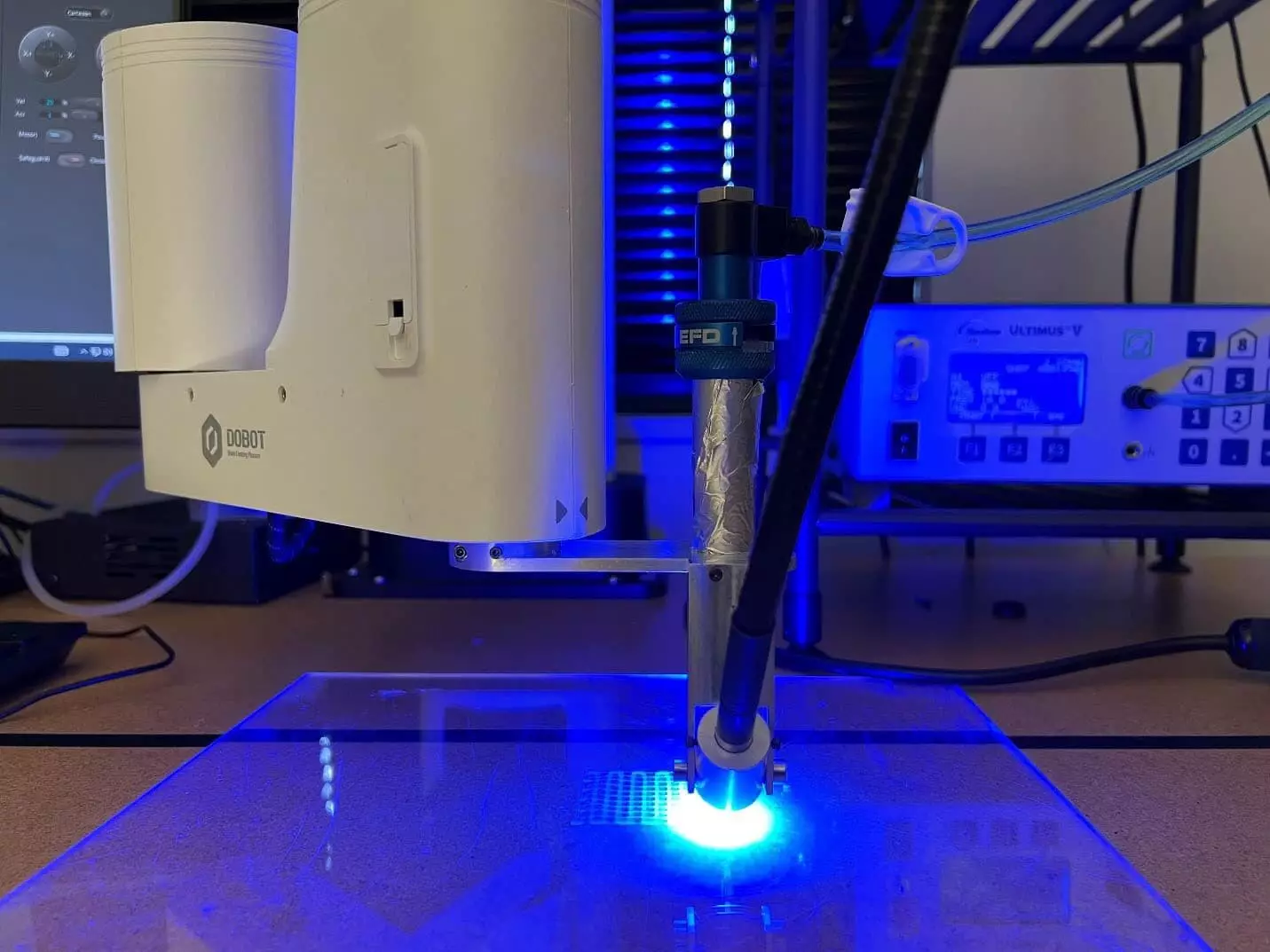Researchers at North Carolina State University have found a new method of producing carbon dioxide capture filters using 3-D printing. The study, which was published in the journal Gels, suggests that 3-D printing could offer a faster and more versatile method of manufacturing filter designs. The research was conducted by the Wilson College of Textiles, and the results have shown that the manufacturing process using 3-D printing is not only faster but also more precise.
Methodology
The researchers developed a hydrogel material that can hold an enzyme called carbonic anhydrase, which speeds up a reaction that converts carbon dioxide and water into bicarbonate. The hydrogel was printed in the form of thread-like filaments into a two-dimensional grid. The material was solidified with UV light as it was printed, and the researchers tested the properties of the material to understand how well it would bend and twist. They also investigated the filter’s carbon capture performance. Although the filter captured 24% of the carbon dioxide in a gas mixture, the capture rate is lower than what they have achieved in previous designs. However, the researchers stated that making the filter larger in diameter or stacking more filters on top of each other could increase the capture efficiency.
The researchers found that the material retained 52% of its initial carbon capture performance after more than 1,000 hours, indicating that the filtration durability of the material is high. The study is still in the early stages, but the findings suggest that there are new ways to make materials for carbon capture devices. The researchers believe that they are offering hope for carbon capture. The hydrogel material used in the study could be a game-changer in the fight against climate change. If the material can be produced on a large scale, it could significantly reduce the amount of carbon dioxide in the atmosphere. The researchers hope that their work will inspire others to find new ways to use 3-D printing technology to tackle climate change.


Leave a Reply